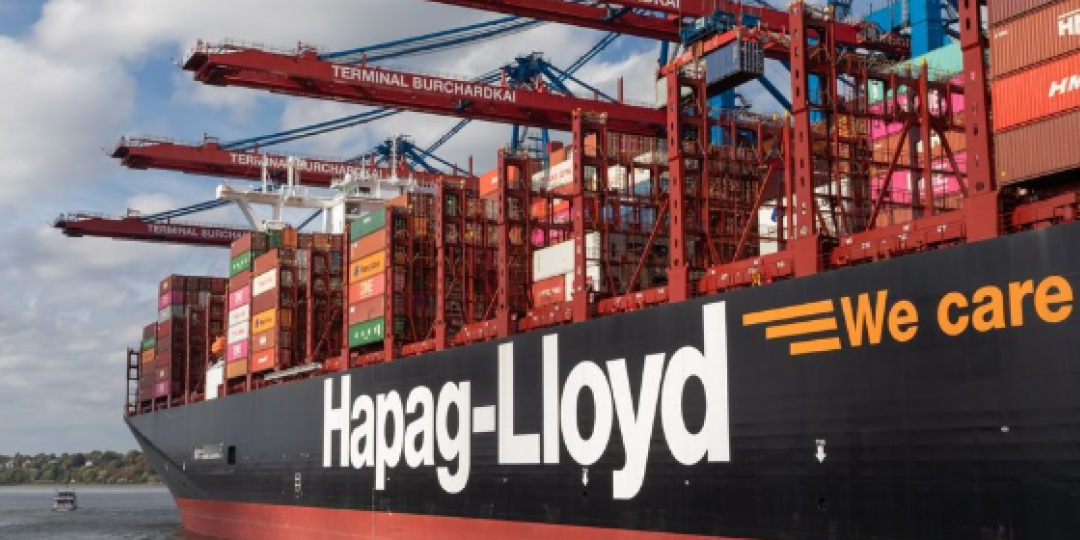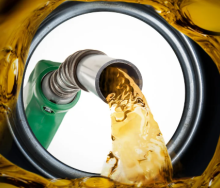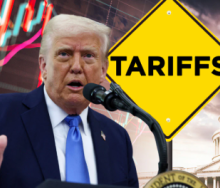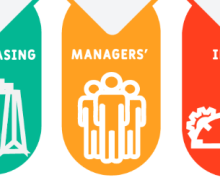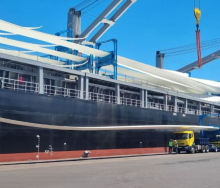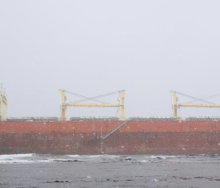Hapag-Lloyd has reached an agreement with Beijing-based Goldwind, a global strategic partner in clean energy, for the delivery of 250 000 tonnes of green methanol per year.
The green methanol will comprise a blend of bio- and e-methanol, ensuring greenhouse gas (GHG) emissions reduction of at least 70%, and comply with all current sustainability certification requirements.
“As part of our Strategy 2030, we are fully committed to the 1.5-degree target of the Paris Agreement and therefore also to sustainable investments. With the agreement, we are securing a significant proportion of our requirements for green fuels. This will bring us an important step closer to our goal of achieving net-zero fleet operations by 2045,” said Rolf Habben Jansen, CEO of Hapag-Lloyd.
By 2030, Hapag-Lloyd aims to reduce the absolute GHG emissions of the fleet by around one-third compared to 2022. Compared to conventional fuels, the ordered quantity of green methanol can save a total of up to 400 000 tonnes of CO2e emissions in fleet operations per year.
Goldwind is planning to build a new green methanol factory adjacent to its existing project in Hinggan League, China. In addition, the company will deliver early volume scheduled in 2026.
“The planned new factory will share technology, utilities, facilities and infrastructures with its neighbouring sister plant, boosting production efficiency. It is still subject to the financial investment decision of the Goldwind Board. We anticipate the completion of a megaton green methanol base in Hinggan League in late 2027,” said Liu Rixin, head of Goldwind Green Methanol.
Among other things, the five 10 100-TEU charter ships that Hapag-Lloyd and Seaspan are converting to a suitable methanol dual-fuel propulsion system in 2026 will be powered by green methanol. In addition to the recent investment decision for 24 new container ships with low-emission dual-fuel liquefied natural gas engines announced on November 6, the investment in green methanol is another step in Hapag-Lloyd’s efforts to prepare itself for a multi-fuel future and to drive the decarbonisation of the liner shipping industry.
